Reviewing key vocabulary related to... fossils
Sedimentary Rock
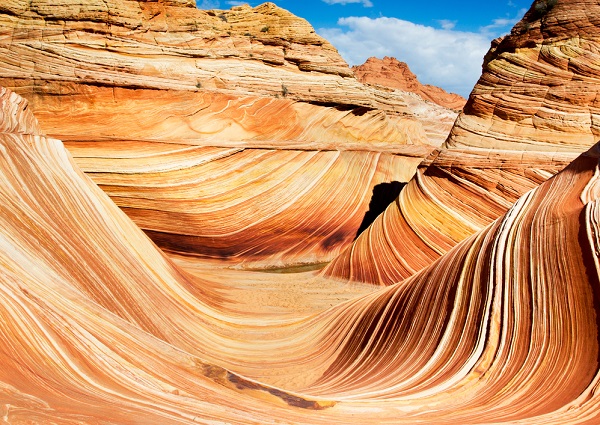
Sedimentary rock is rock formed from deposits of mud and sand from rivers, streams, lakes and oceans. Most fossils are found in or near deposits of sedimentary rock.
Fossils

Fossils are the preserved remains or traces of organisms that were once alive. The organism became a fossil through its body being quickly buried in sediment.
Mold

In some cases, the remains of an organism trapped in a rock formation just leave an impression of the organism. This type of fossil is called a mold.
Cast

If a mold fossil later fills with other materials, the fossil formed is then called a cast.
True form fossil
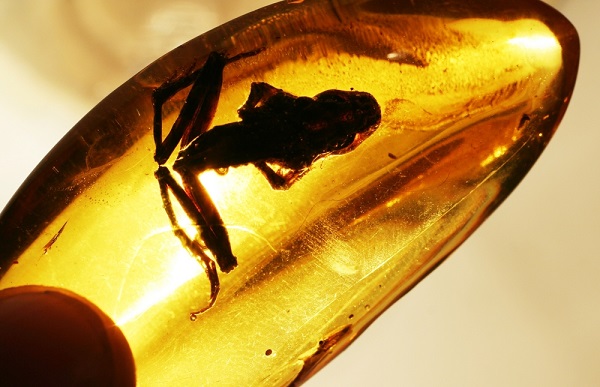
Sometimes the actual organism or parts of the organism are preserved. This kind of fossil is called a true form fossil. Insects preserved in tree sap are true form fossils. So are woolly mammoths found trapped and frozen in glacial ice. These true form fossils are very rare.
Trace fossil

A fossil can consist of some mark or evidence of an organism such as a footprint, a nest or even its waste (poop). This type of fossil is called a trace fossil.
Paleontologist

Paleontologists study fossils because they can learn lots of useful things about the Earth and how it has changed. Paleontologists also can learn many useful things about the living organisms that inhabited the Earth in the past.
Fossil record
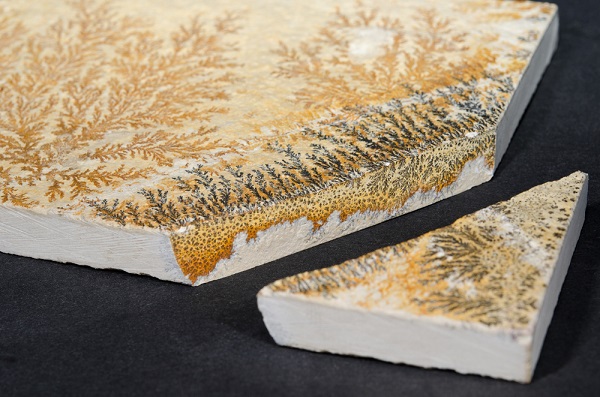
The collection of all the fossils that have ever been found is called the fossil record. The fossil record consists of billions of dead things, buried in rock layers, buried by water and sediment, all over the Earth!
Extinct
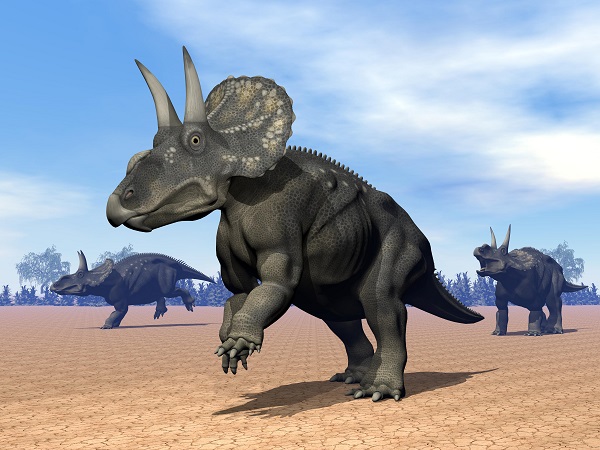
A species of organisms is said to have gone extinct when no more individuals remain alive. An extinct species has no living individuals in it; all have died out.
Non-renewable resources
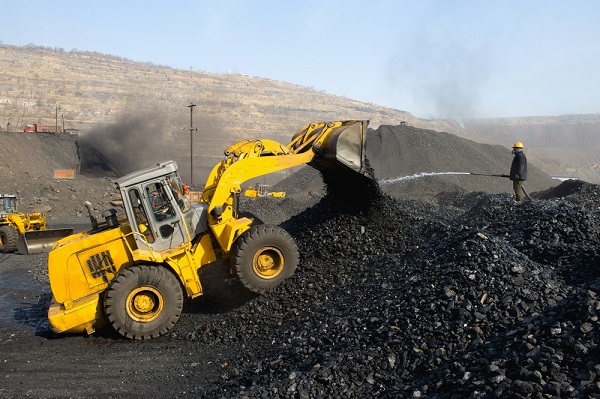
Some natural resources, such as fossil fuels, are replenished slowly or not at all, making them non-renewable. Non-renewable resources cannot be quickly or easily replaced once they are all used up.